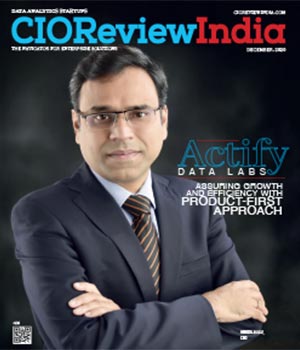
Predictive Analytics and Big Data
Jay Shah, Head- ERP and BI practice, Nihilent Technologies | Wednesday, 02 September 2015, 04:33 IST
 As analytics becomes mainstream and more and more businesses harness its power, the maturity of businesses is also rising, as are the expectations. Analytics has been used to examine historical data to analyse key events and occurrences. Now the focus is on getting gleaning actionable intelligence for future events. And businesses are turning to Predictive analytics to gain this insight. Investopedia.com defines predictive analytics as ‘The use of statistics and modelling to determine future performance based on current and historical data. Predictive analytics look at patterns in data to determine if those patterns are likely to emerge again, which allows businesses and investors to adjust where they use their resources in order to take advantage of possible future events.”
As analytics becomes mainstream and more and more businesses harness its power, the maturity of businesses is also rising, as are the expectations. Analytics has been used to examine historical data to analyse key events and occurrences. Now the focus is on getting gleaning actionable intelligence for future events. And businesses are turning to Predictive analytics to gain this insight. Investopedia.com defines predictive analytics as ‘The use of statistics and modelling to determine future performance based on current and historical data. Predictive analytics look at patterns in data to determine if those patterns are likely to emerge again, which allows businesses and investors to adjust where they use their resources in order to take advantage of possible future events.”
Predictive Analytics is being leveraged to examine past performance and forecast revenue generating patterns, understand customer behaviour and use the information to offer better products and services, fine tune ability to identify risks by catching suspicious trends, optimize processes and more.
Companies use predictive analytics in various industries including Retail, Manufacturing, Finance, Healthcare among others, and across different functions like marketing and operations.
- Retailers, for example, are using data from loyalty programs to analyse past buying behaviour and predict the promotions a customer is most likely to participate in, or make purchases in the future.
- Marketing functions can explore analytics for retaining or reactivating customers with the right incentives. On the other hand, a Government initiative as rarefied as veld and forest firefighting is using advanced analytical measures to predict possible wildfires in South African grasslands.
- Financial institutions are using analytics to identify high-risk probable customers and minimize default risks, as well as cross-selling and upselling their products, customer segmentation, fraud detection, cash planning etc.
- Healthcare organizations are parsing patient history to enable more accurate diagnoses, studying responses to medication, reducing hospital readmissions, integrating bedside medical device data into algorithms which help detect deteriorating vital signs in critical patients in real-time and more.
The volume and variety of information – both structured and unstructured - is exploding. There isn’t one common data source that gives customers or companies insights about the customers. One has to piece together from multiple data sources. Managing the data sources is quite complex, so the analytical capability has typically many facets to it. Turning data into information and then into action is becoming more important than ever before. Predictive analytics can be used for determining events or outcomes before they happen, simulation of a process to determine bottlenecks and risks as well as in “what-if” scenarios to determine the “best” course of action. To develop a robust predictive model, enterprises need to focus on defining a clear set of business rules for each decision and then focus their analytics on driving the best decisions
Predictive analytics practices can help companies in three key areas –
- minimizing risk
- identifying fraud
- pursuing new revenue opportunities
An important challenge to greater adoption is that the skill needed to analyze data, create models and implement them successfully is in short supply. Organizations looking to get more value from their data assets through predictive analytics will be wise to invest in analytical training and mentoring programs, along with the expertise of partner firms. Effective outsourcing partners understand the nuances and have expertise to ensure the pipelines are built for the flow of data, information and action.
Predictive analytics, thus, delivers strategic value as well as tactical guidance. In some instances, analytics can also help automate decision making, thereby dramatically reducing the cost of operations.
With actionable insights from all the data in their possession, data analysts are now able to get granular visibility into systems and processes. Understandably, the accuracy of the prediction will depend on the volume of data available for analysis. Businesses are exploring social media to obtain that extra volume of data for more accurate guidance. With the explosion of data via social media access to higher intelligence is now possible. In parallel, technology has kept pace making it easier to process large sets of data. Thus, Big data and predictive analytics, together is ready to add yet another dimension to business decision making. Armed with these kinds of insights Predictive analytics certainly holds great promise for organisations across verticals. Big data is the way forward, and predictive analytics will continue to be the science behind all the data.
CIO Viewpoint
Accept Data as an Entity on Balance sheet
By Akshey Gupta, Chief Data Officer, Bandhan Bank
Technology Forecast And Concern In 2020
By Anil Kumar Ranjan, Head IT, Macawber Beekay Private Limited
Data Analytics For Enhanced Productivity And...
By Krishnakumar Madhavan, Head IT, KLA
CXO Insights
Regulatory Implications and Data Protection:...
By Richa Singh
Data-Driven Predictive Technologies
By Pankaj Parimal, Head of Launch & Change Management, Hella Automotive Mexico, S.A. de C.V., Mexico, North America.
5 Mantras That Can Drive Organizations Towards...



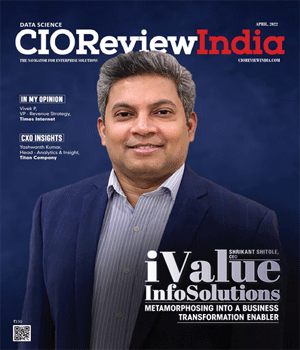
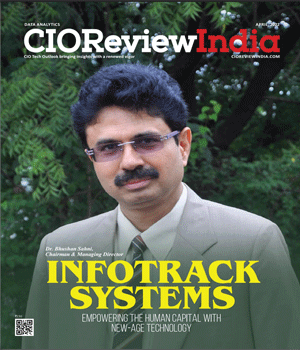
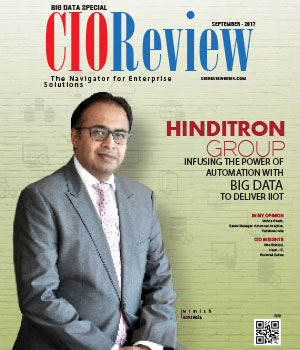
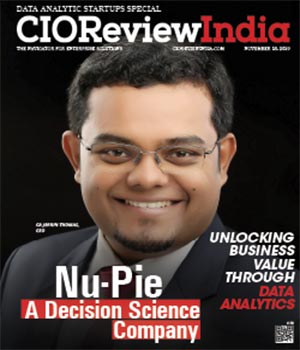
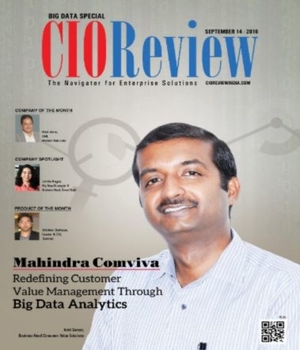
.jpg)
.jpg)
